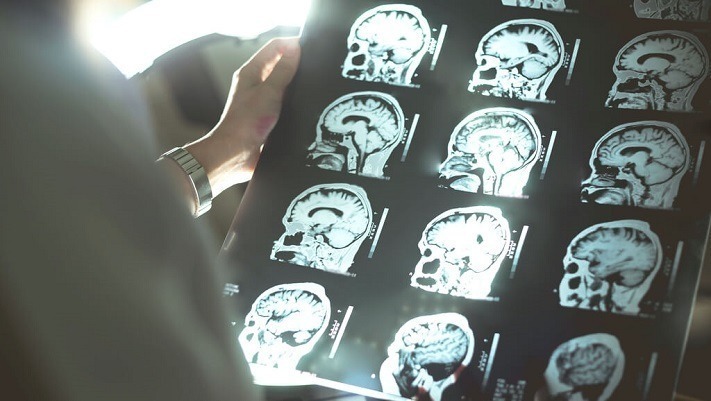Flexibility is good except when it isn’t: Study finds how scientists can reach different conclusions analyzing the same brain scans
 Neuroimaging: Many Analysts, Differing Results (Dana Foundation):
Neuroimaging: Many Analysts, Differing Results (Dana Foundation):
For decades, both the research and medical communities have relied on neuroimaging tools like functional magnetic resonance imaging (fMRI) to give them a window into the living human brain. Such scans have provided unprecedented insights into the brain’s structure and function – and the field, as a whole, has used this technique to better understand how the brain gives rise to thoughts, emotions, and actions. But as neuroimaging technology has advanced, so have the different analysis tools and the number of ways one can evaluate the resulting data. Now, the results of unique research project, the Neuroimaging Analysis, Replication, and Prediction Study (NARPS), suggest that different analyses can lead to strikingly different results from the same data set.
…
“There are so many different software packages now, and different labs use different ones for all manner of different reasons. There are also different philosophies about how analyses should be done. All those little differences can add up,” he (Editor’s note: Russell Poldrack, a cognitive neuroscientist at Stanford University) said. “But, when we looked closely at what people provided, we could see that the results under the hood were substantially more similar than what they concluded. There was something about going from the intermediate steps of analysis workflow to determining the right threshold to denote a final yes/no answer that changed things. It was really striking.”
The Study:
Variability in the analysis of a single neuroimaging dataset by many teams (Nature). From the Abstract:
- Data analysis workflows in many scientific domains have become increasingly complex and flexible. Here we assess the effect of this flexibility on the results of functional magnetic resonance imaging by asking 70 independent teams to analyse the same dataset, testing the same 9 ex-ante hypotheses. The flexibility of analytical approaches is exemplified by the fact that no two teams chose identical workflows to analyse the data … Our findings show that analytical flexibility can have substantial effects on scientific conclusions, and identify factors that may be related to variability in the analysis of functional magnetic resonance imaging. The results emphasize the importance of validating and sharing complex analysis workflows, and demonstrate the need for performing and reporting multiple analyses of the same data. Potential approaches that could be used to mitigate issues related to analytical variability are discussed.
The Study in Context:
- #narps: Neuroimaging Analysis Replication and Prediction Study
- Machine-learning study finds EEG brain signatures that predict response to antidepressant treatments
- Study combines neuroimaging with machine learning to predict, with 96% accuracy, whether high-risk 6?month-old babies will develop autism spectrum disorder (ASD) by age 2
- Brain scans show lower accumulation of tau and amyloid pathology among cognitive “super-agers”
- 10 highlights from the 2019 SharpBrains Virtual Summit


